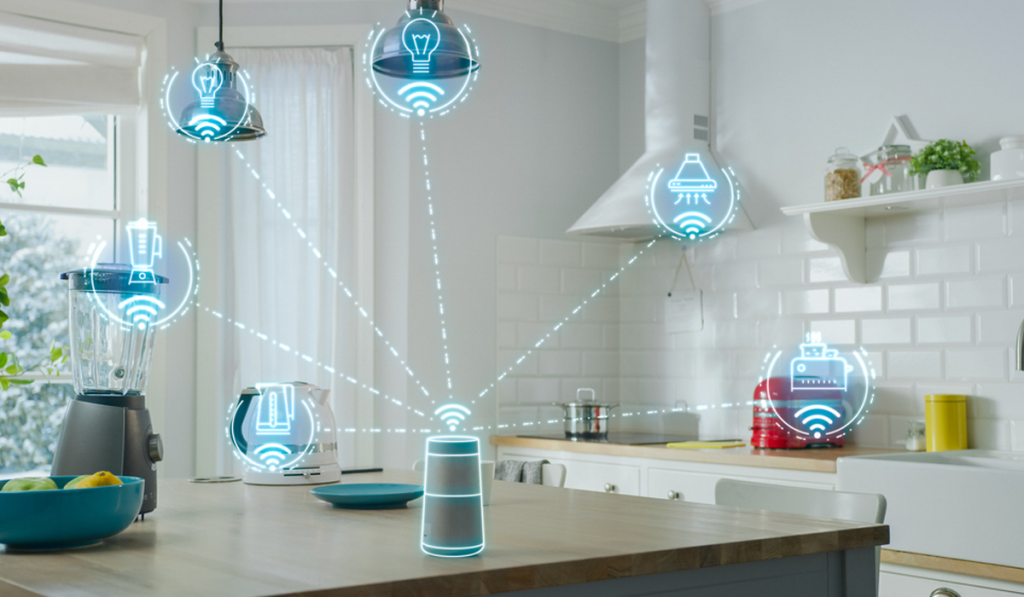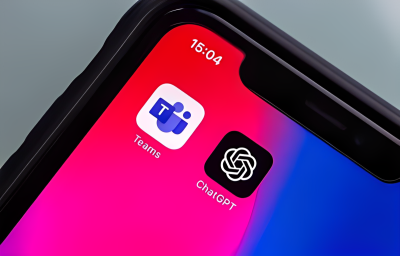Highlights:
- An open network called Amazon Sidewalk was created to link low-power, long-range, and low-data devices to the Internet and improve device performance both inside the home and outside the front door.
- For the purpose of evaluating the network, Amazon will make test kits available to developers at no cost.
Recently, Amazon.com Inc. said that it would make its Sidewalk wireless network-which enables connected devices like smart home appliances to access the Internet-available to developers.
Many consumers’ homes are equipped with Echo smart speakers from Amazon. Customers of Echo have the option to make a limited amount of their home networks’ bandwidth available to other users after 2019. This shared bandwidth powers the Amazon Sidewalk network.
The network gives connected devices access to the Internet, and according to Amazon, it reaches more than 90% of Americans. Only a relatively small number of devices are able to use Sidewalk at the moment. Now that the network is more widely accessible to hardware manufacturers and developers, Amazon hopes to change.
Devices can use a sidewalk for different purposes. According to the manufacturer, the network enables devices like smart home appliances to function even if the home network to which they are connected goes down. Additionally, Sidewalk can offer connectivity for outdoor devices that are not within a user’s router’s range.
For connected devices, other services offer outdoor network access. But their cost should be lowered for consumer use cases. Amazon’s Sidewalk network is reportedly free, making it simpler for device manufacturers to use.
Amazon’s Senior Vice President of devices and services, Dave Limp, said, “Many types of connected devices have been limited by the range of Wi-Fi and the cost of cellular technology, which has hindered the ability to connect devices like environmental sensors, leak detectors, and smart locks. Sidewalk is designed to provide a secure, low-cost way to invent and connect a whole new range of devices, and we can’t wait to see what developers build.”
For the purpose of evaluating the network, Amazon will make test kits available to developers at no cost. A business can gauge the bandwidth that Sidewalk offers in the various locations where it is accessible using the test kits. Amazon hopes device manufacturers will use the measurements they gather to guide the creation of new connected devices.
The business is also making other efforts to promote the creation of new products. Amazon Web Services Inc., its cloud unit, announced an integration between Sidewalk and AWS IoT Core, its tool for linking connected devices to the cloud. The service enables remote device configuration and updating. IoT Core also enables devices with internet access to use AWS cloud-hosted applications.
Amazon believes that developers will use Sidewalk to power new mobile apps as well as connected devices. The business is introducing the Mobile SDK for iOS and Android, an open-source toolkit, to carry out that vision. The process of integrating Sidewalk with iOS and Android apps will be made simpler.
By purchasing hardware development kits from Texas Instruments Inc., Silicon Laboratories Inc., and Nordic Semiconductor ASA, businesses creating Sidewalk-compatible devices can expedite their work. A pre-packaged device template is a type of hardware development kit. Manufacturers could create new products more quickly than they could if they had to start from scratch.
Texas Instruments, Silicon Laboratories, and Nordic Semiconductor ASA are offering software development kits too. Their SDKs promise to make creating software for brand-new Sidewalk-compatible gadgets easier. They can also make it simple for programmers to integrate existing devices into Amazon’s free wireless network.














